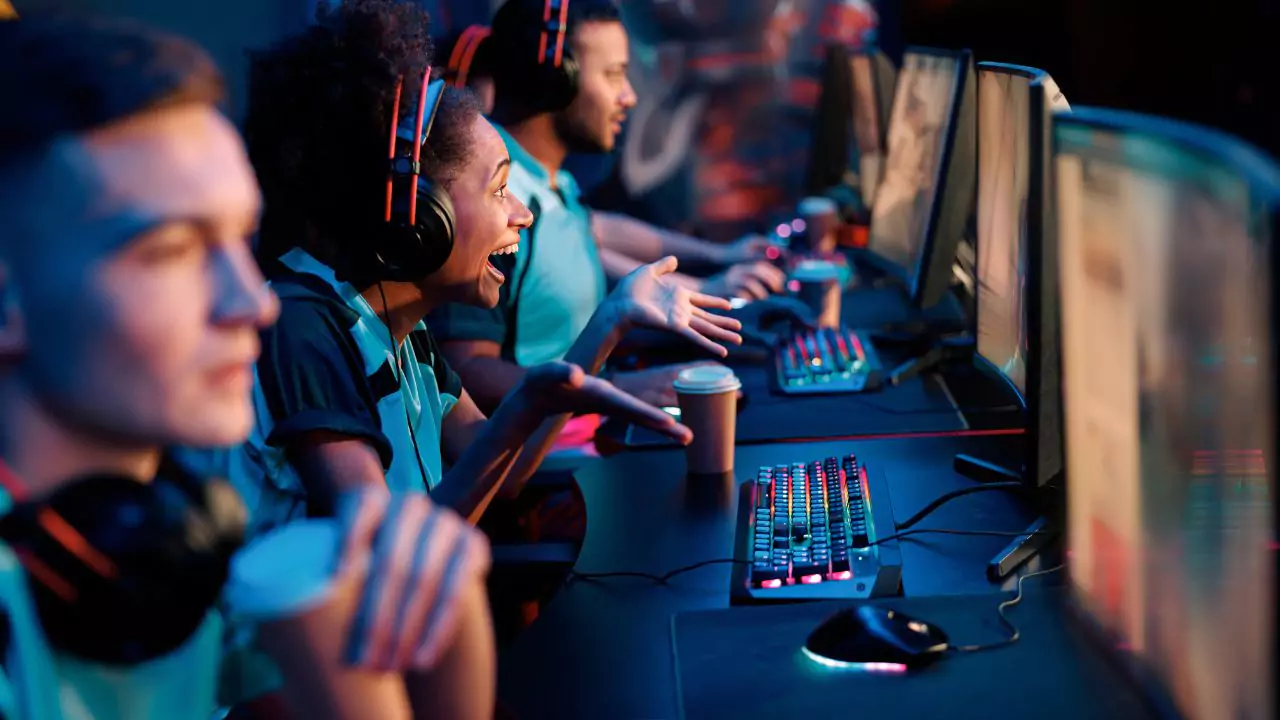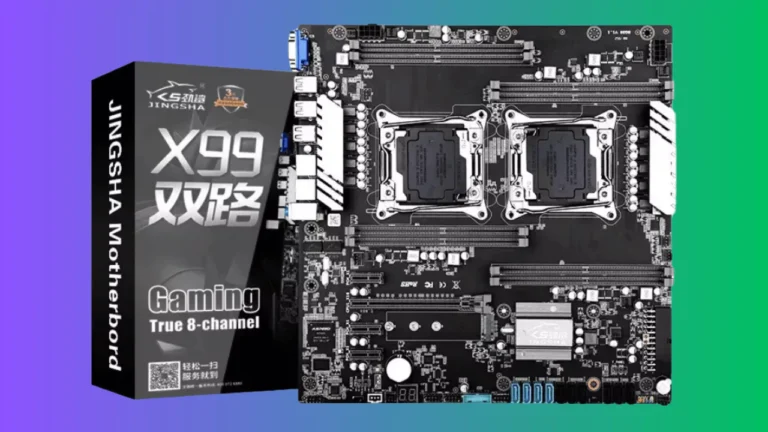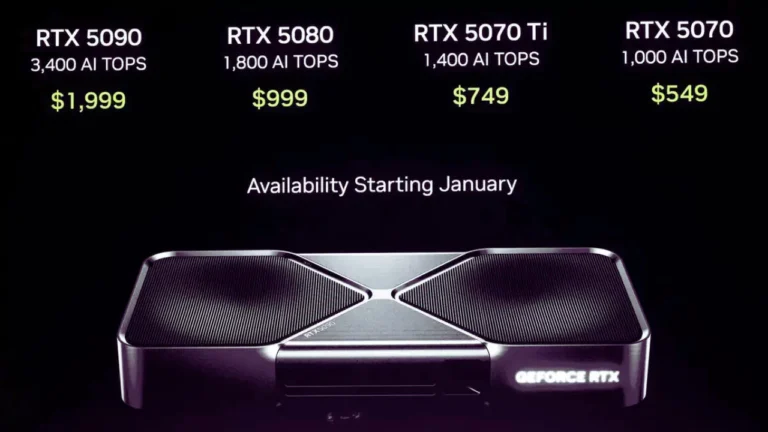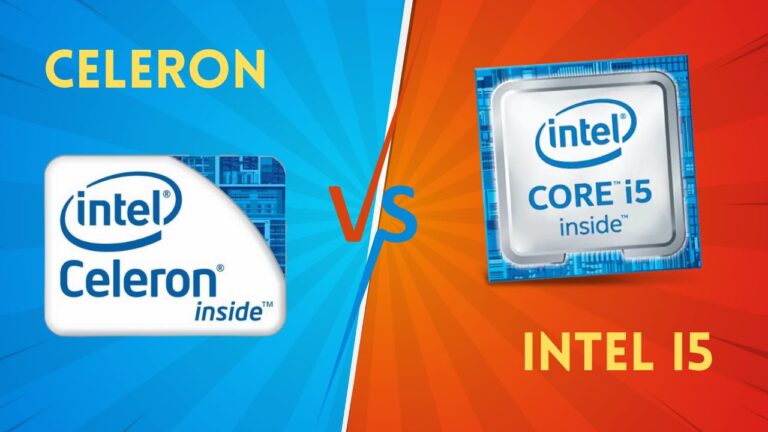In gaming, the GPU’s utilization, indicated by the percentage of its resources being used, varies depending on the intensity of the game being played; heavy games typically utilize the GPU fully, reaching 100% usage, while less demanding ones may not fully utilize it, resulting in lower GPU usage.
This utilization pattern also influences CPU usage, with CPU-heavy games showing lower GPU usage and vice versa.
Despite concerns, reaching 100% GPU usage during gaming is generally considered normal and safe, indicating optimal utilization for gaming performance, but monitoring temperatures is crucial to prevent potential hardware damage.
During regular desktop use, GPU utilization tends to be low, usually under 2%, unless specific tasks like video playback are being performed.
Deciphering GPU Usage: Defining Safe and Optimal Levels
Generally, an ideal GPU usage for gaming falls between 70% and 95%. This range ensures the graphics card is working hard to deliver good visuals without overheating or encountering performance limitations. Values below 70% might indicate the game isn’t demanding enough for your GPU or a bottleneck from another component like the CPU. Conversely, usage consistently exceeding 95% might lead to overheating and potential throttling, reducing performance. In extreme cases, exceeding safe temperatures for extended periods can damage your GPU.
Here’s a helpful analogy: Imagine your GPU as a factory that assembles visual components for the game. An ideal usage range ensures the factory is operating efficiently, producing high-quality visuals without straining its machinery. Too low usage suggests the factory is underutilized, and exceeding optimal levels could lead to overheating and breakdowns.
Elements Influencing GPU Consumption
Several factors influence how much GPU power a game consumes:
- In-Game Settings Adjustments: Games offer graphics settings that alter visual fidelity. Higher settings require more GPU power. Reducing settings like texture quality, shadows, and anti-aliasing can significantly lower GPU usage. Think of these settings as dials controlling the complexity of the visuals the factory must produce.
- Screen Resolution Impact: Higher screen resolutions like 4K demand more processing power from the GPU compared to lower resolutions like 1080p. This is because the factory now has to render a much larger image with more pixels. If you’re experiencing high GPU usage, consider lowering the resolution for smoother gameplay.
- Frame Rate Considerations: Frame rate refers to the number of images your graphics card renders per second. Higher frame rates demand more GPU resources. If you prioritize smooth, high frame rate gameplay, expect your GPU usage to be on the higher end. Think of frame rate as the speed at which the factory produces finished visual components. Higher frame rates require faster production lines.
- CPU Performance and Bottlenecks: The CPU feeds data to the GPU for processing. If your CPU is significantly weaker than your GPU, it can create a bottleneck, limiting the GPU’s ability to perform at its full potential. Imagine the factory has a highly efficient assembly line but struggles to receive raw materials due to a slow supplier (the CPU). Upgrading the CPU or lowering in-game settings can help alleviate this bottleneck.
Necessary GPU Memory for Optimal Gaming Experience
Another crucial factor is Video RAM (VRAM) on your graphics card. VRAM stores textures, framebuffers, and other temporary data used while rendering graphics. Insufficient VRAM can lead to stuttering and performance drops, even if overall GPU usage is within the ideal range.
Modern games often recommend 8GB of VRAM as a minimum, with some demanding titles requiring 12GB or even 16GB for high-resolution textures and ray tracing. VRAM acts like the factory’s temporary storage for assembling the final image. Insufficient storage space can lead to delays and disruptions in the production process. Check the recommended system requirements for specific games to ensure your graphics card has enough VRAM.
Strategies for Enhancing GPU Performance in Gaming
Here are some ways to optimize GPU usage and improve your gaming experience:
- Driver Updates for Improved Efficiency: Keeping your graphics card drivers updated ensures compatibility with the latest games and can sometimes offer performance improvements. Think of drivers as the factory’s operational software. Updates can improve efficiency and introduce bug fixes.
- Game Settings Optimization for Better Performance: Experiment with in-game graphics settings to find a balance between visual quality and frame rate that suits your preferences and GPU capabilities. Not everyone needs the highest visual settings to enjoy a game. Find the sweet spot between aesthetics and performance for a smooth experience.
- Minimizing Background Program Interference: Close unnecessary background applications running while gaming. These programs can steal precious resources from the game, impacting performance. Background applications are like other factories competing for the same resources (electricity, raw materials) as your game factory. Shutting them down ensures your game gets the priority.
By understanding these factors and implementing these strategies, you can ensure your GPU is working efficiently to deliver a smooth and enjoyable gaming experience. You’ve essentially optimized your virtual factory for maximum performance and visual quality within its capabilities.







